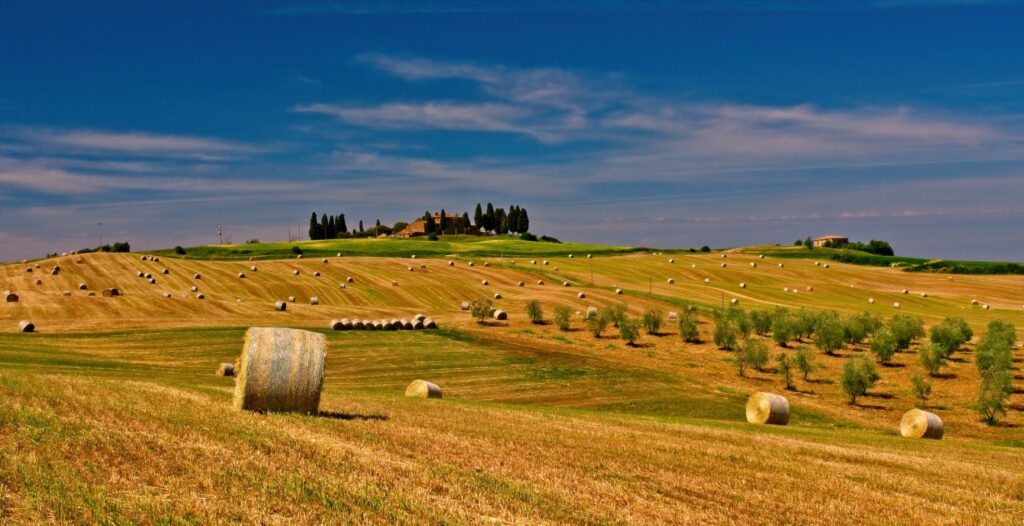Considering livestock feeds almost three-quarters of your budget costs, setting up pasture and fodder sources will help reduce feeding costs. Setting up pastures and fodder sources for your farm is specific to your farm.
Successful pasture establishment will expert consideration of different unique to your farm feeding needs. There are different factors that will determine the long-term health and productivity of the pasture to meet farm goals.
As you establish or reestablish pasture and fodder sources, here are some of the essential factors to keep in mind for a sustainable pasture and fodder system.
Key Factors to Consider in Establishing Pastures
Soil Type and Fertility
Every farm will have varying soil type quality with different fertility status which determines the growth rate and quality of pasture grasses. Carrying out a soil test will provide crucial insights into the status of your soil type and soil fertility.
Assessment of soil type, drainage properties, topography, pH and nutrient levels allows you to select the appropriate grass or crop that highly performs. In addition, pasture management practices can be well planned to support optimal soil conditions for maximum production.
Climate
The climate in your location greatly influences pasture productivity. Important attributes like rainfall distribution and temperature conditions can determine the suitable grass or fodder type to be introduced.
Picking the right type of pasture and fodder that performs well in your climate promotes maximum production potential and a high survival rate/ replenishment of pastures. Consult agronomists and animal experts on the best-suited grass type favoured by the climatic conditions in your locale for maximum returns on pasture setups.

The Grazing System
Every farm has a unique setup in the grazing systems that best supports husbandry practices and feed access management. The selected grazing system influences feed uptake, palatability, and access to pastures. A proper understanding of your animal’s grazing behaviour will give you valuable insights into the type of pastures to set up.
The intensity of feeding of each animal as browsers or grazers determine the pasture type that can sustain their nutritional need and best palatability. The grazing system also determines the stocking rate and pasture management practices to be applied.
To establish reliable pastures, evaluate ways that can help you meet your animal’s nutritional needs and offer a cost-efficient management practice.
Water Availability
Water supply is vital for pasture productivity where there is a need for irrigation. In addition, water availability influences the ease of access by your animals. Ensuring your water source is available nearby minimizes the costs of availing clean water throughout the year.
Weed and Pest Control
The pasture type and setup influence the weed and pest control measures to be applied. Weeds and pests significantly reduce the productivity and quality of your pasture. Consult on the best-performing pasture types in your area that are less affected by pests and weeds.
Selecting pasture types suited to your weed and pest control plan and cost budget is essential to promote optimal productivity.

Pasture Type Selection
Every grass type will have different requirements to perform well. The yield expected, nutritional quality, management practices, and replenishing rate will be determined by the grass type.
Adequate consultation on the best grasses well adapted to your local climate, soil type, grazing pressure/intensity and intended use also ensures you set up reliable pastures.
Maintenance Expertise and Costs
Regular maintenance practices which include soil testing, fertilizer application, mowing, harvesting, and weed control are critical for the long-term productivity of your pasture. Seeking expert knowledge on the pasture maintenance practices suited to your farm promotes reliable pastures over different timeframes.
A thorough understanding of the equipment required and maintenance activities will help plan for projected costs to boost production all year.
When setting up your farm pastures, take careful consideration of the soil fertility, climate, grazing system, water availability, weed and pest control, pasture grasses, and maintenance practices. by engaging experts on these factors, you can establish a healthy and productive pasture that benefits both your livestock and the environment in a sustainable cost-efficient plan.
